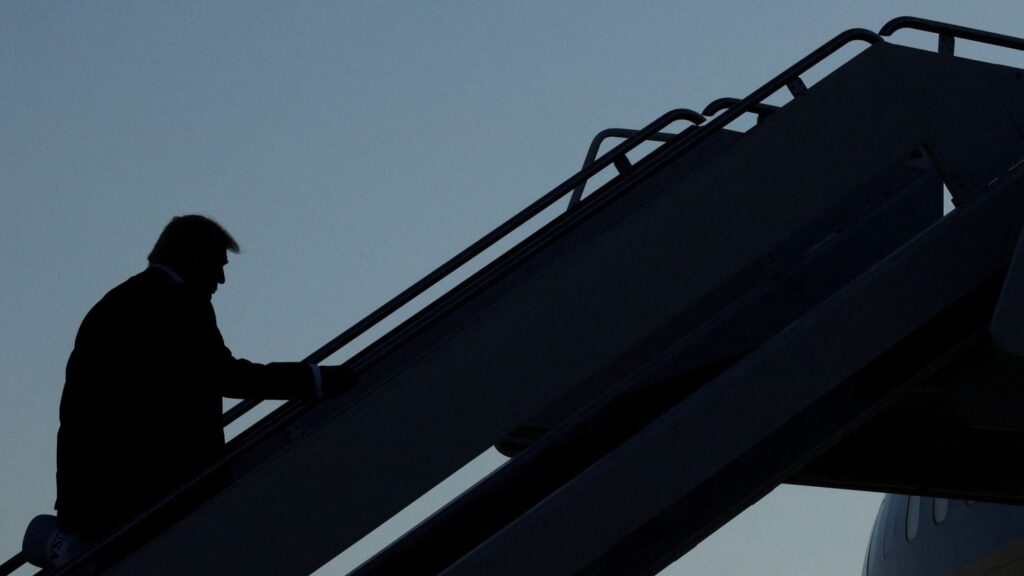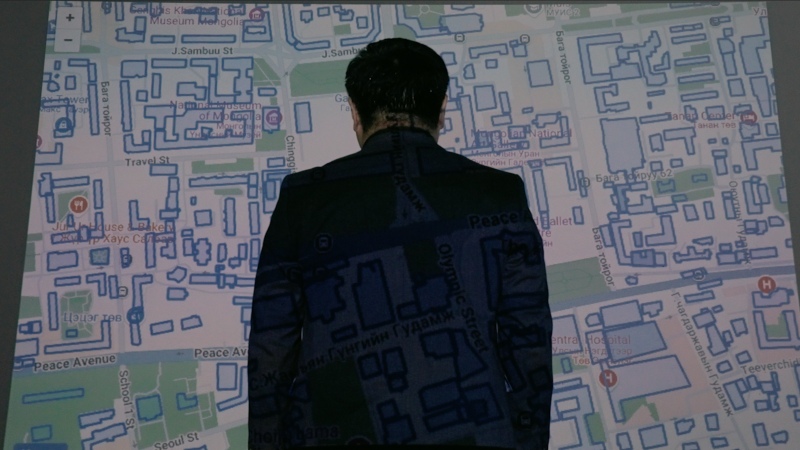Brett McGurk is a CNN global affairs analyst who served in senior national security positions under Presidents George W. Bush, Barack Obama, Donald Trump and Joe Biden.
After 12 extraordinary days in the Middle East, the crisis that began with Israel’s military and intelligence operations inside Iran and culminated with U.S. military forces targeting Iran’s main nuclear facilities, now appears to be receding. President Donald Trump last night announced a “ceasefire” later endorsed by both Israel and Iran, albeit not without final attacks by both countries and infliction of casualties.
Trump this morning expressed the frustration of many Middle East negotiators, saying neither country at this point knew “what the fuck they were doing” and calling on both to adhere to his ceasefire plan.
The precondition for this fledgling ceasefire was the direct US military attack against Iran’s nuclear facilities. As I’ve been discussing over the past week on CNN, to avoid mission creep and a meandering military campaign without clear objectives, it was important before Trump ordered an attack to be on the same page with Prime Minister Netanyahu of Israel — to make clear that an American attack was aimed to mark the beginning of the end of the crisis as opposed to the start of a new phase — and to effectively deter potential Iranian responses.
That appears to be precisely what has happened. Iran’s response to the first-ever direct US military attack into the heart of Iran — long predicted to be ferocious — was meager: about a dozen missiles telegraphed in advance with most shot down by US and Qatari defenses. It is hard to understate the significance of this now broken taboo of US policy, with Iran now understanding that the United States can and will reach deep into its territory when necessary to defend its personnel and its interests. Iran has long believed that its reliance on asymmetrical proxy warfare would avoid blowback inside its own borders.
Continue reading the complete article on the original source



